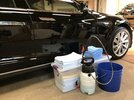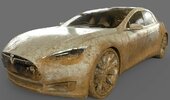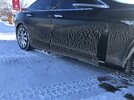Every so often, I see posts with questions about the best way to wash your Tesla Model 3. Just thought I would share my preferred car wash routine for my 4-year-old 2018 Tesla P3D. Total wash time is 20-25 minutes and uses 4-5 gallons of water.
I basically do a rinsless wash using ONR or P and S Absolute. Materials used:
-Two buckets, each with a grit guard, 2 gallons of water, and 1-2 ounces of ONR.
-A Chapin 1-gallon garden sprayer, with 1 ounce of ONR mixed with 3/4 gallon of water.
-The "Gauntlet" drying towel from The Rag Company (my favorite drying towel on the market)
-Xtreme Solutions Topper (a ceramic-infused topper which I use as a drying aid, also my favorite on the market).
-Griots Garage Microfiber Wash Pad
I start at the top of the car and work my way down. If there is noticeable dirt or dust in the section I am working on, I first use the garden sprayer to pretreat the area by spraying it down with the ONR solution, let it dwell for 30 sec, and then do the normal rinseless wash. One bucket is my "rinse" bucket and the other is my "wash" bucket. Some people think using a two bucket with ONR is not necessary, but I think it is a good idea to further reduce the risks of inducing swirls.
After I wash a section with the ONR and wash pad, I then spray 1-2 sprays of Topper, and then dry with the Gauntlet towel. Topper adds a lot of slickness, gloss, and a boost of protection as you dry. I have tried at least 10 different drying aids and Topper is my absolute favorite.
My Tesla has been parked outside 24/7 for over 4 years. I have only done rinseless washes since I have owned the car. I have traditional car soap and a foam cannon, but they have sat in my garage unused.
Here are the final results:


For those of you interested, here are links to the products I used:
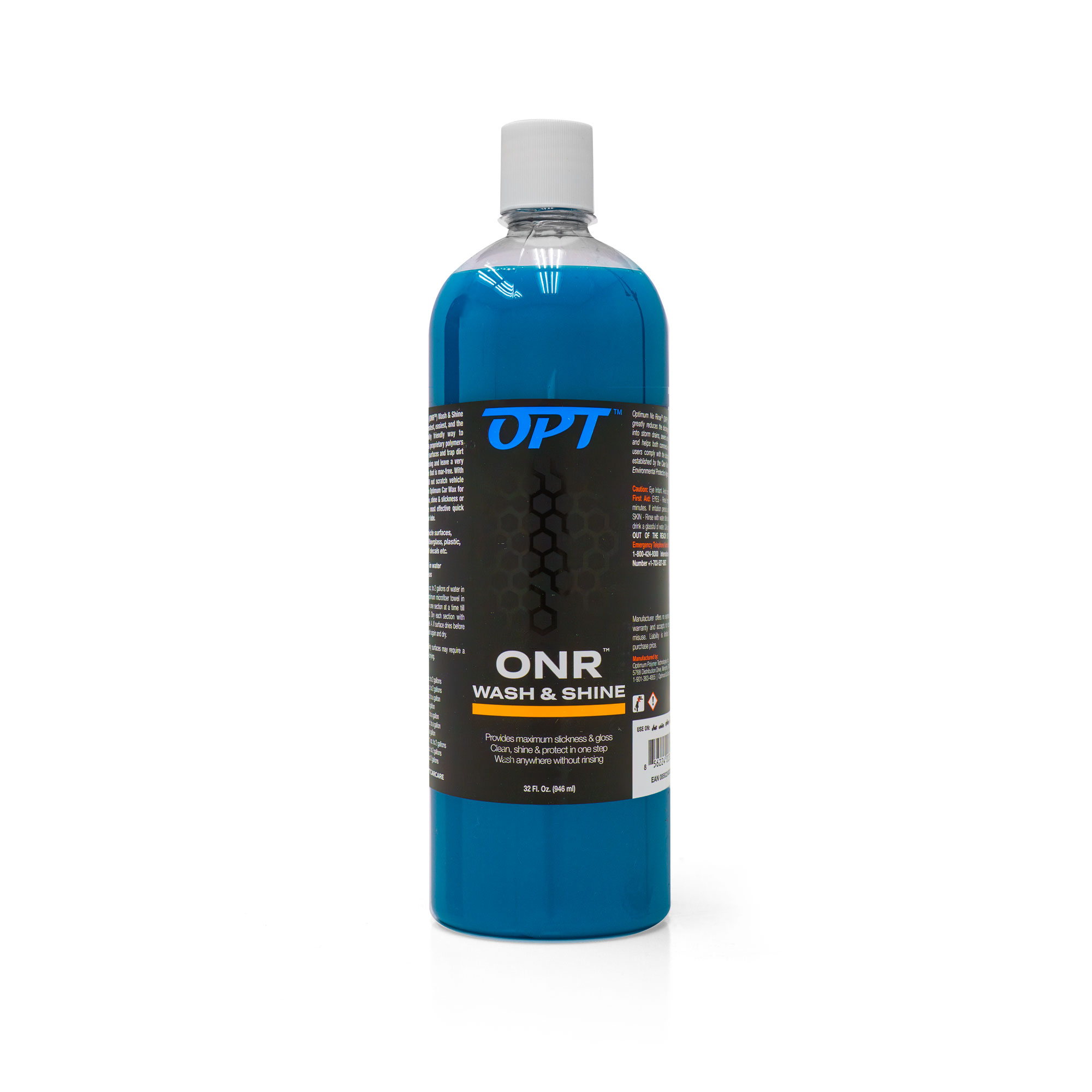
 optimumcarcare.com
optimumcarcare.com
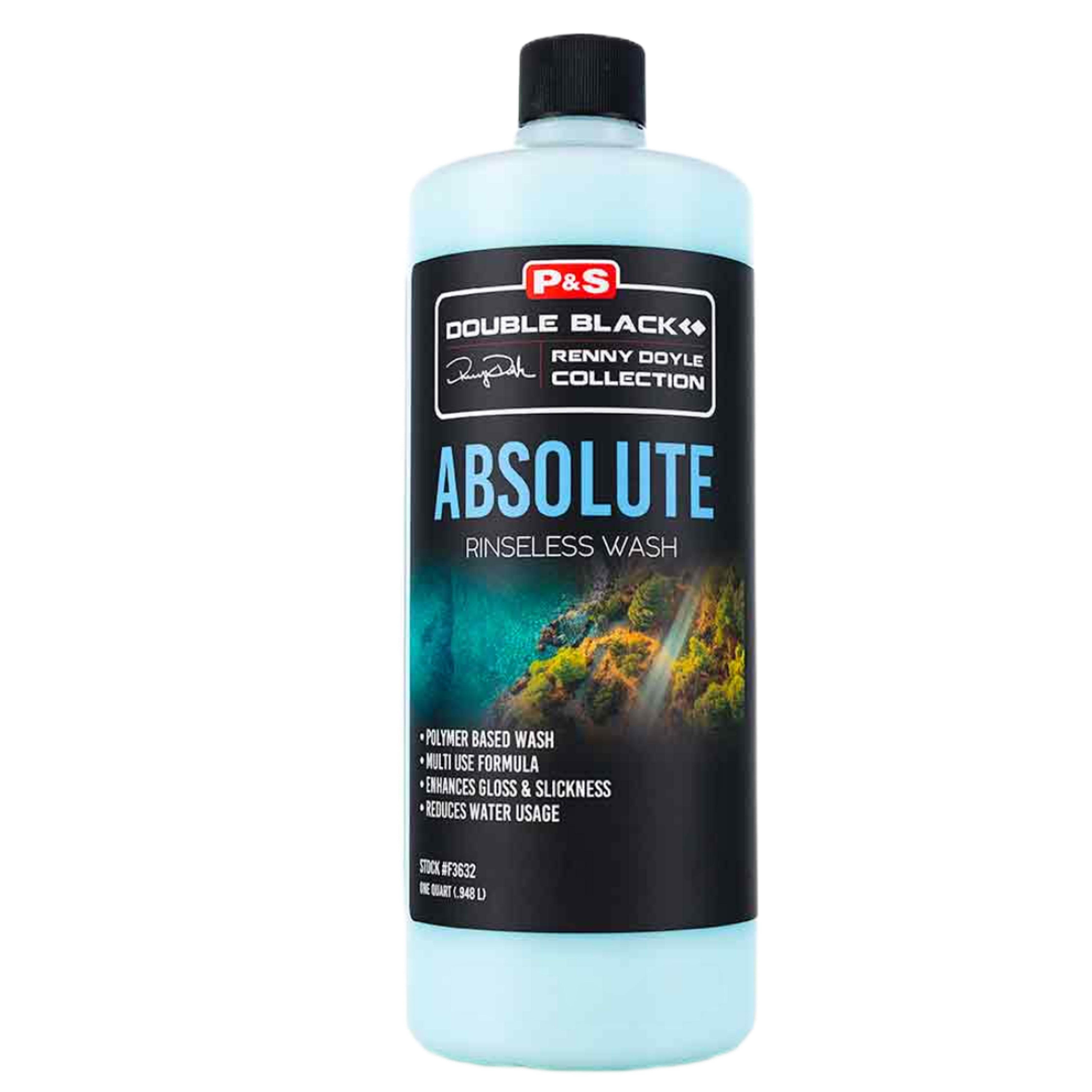
 psdetailproducts.com
psdetailproducts.com
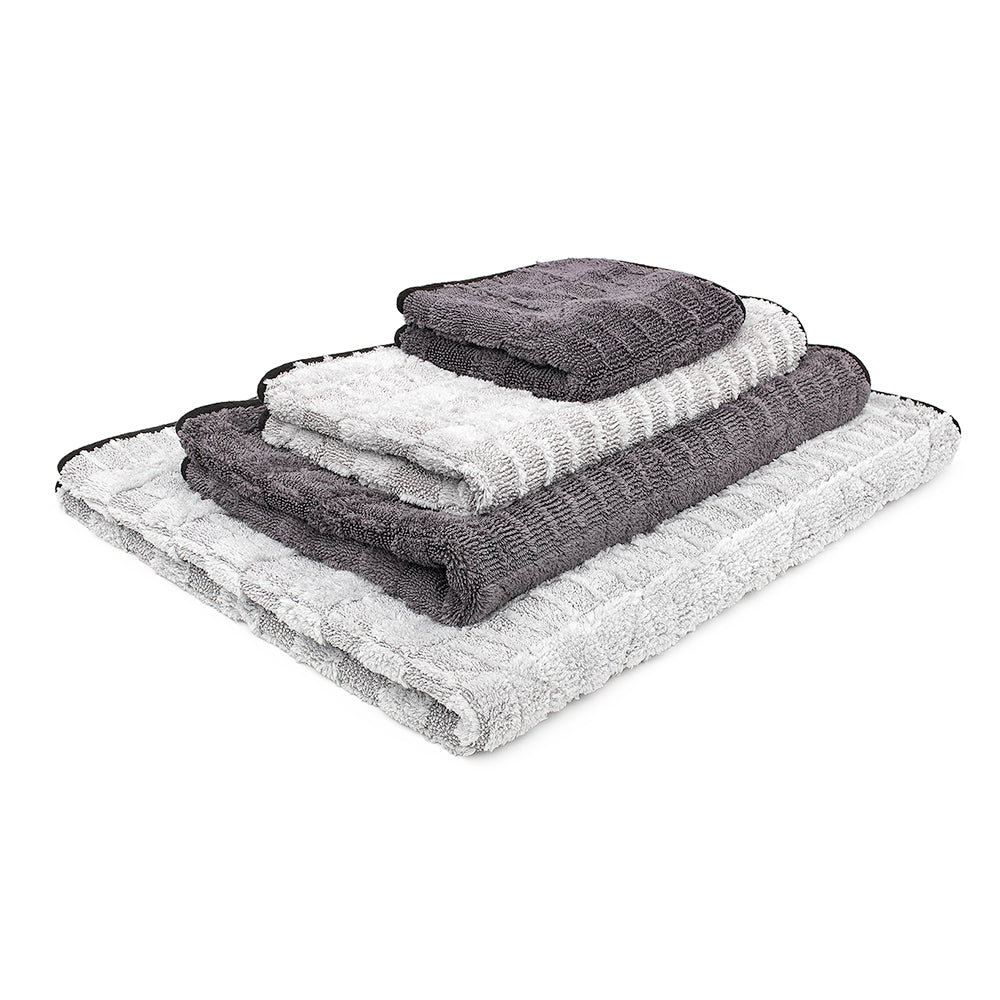
 theragcompany.com
theragcompany.com
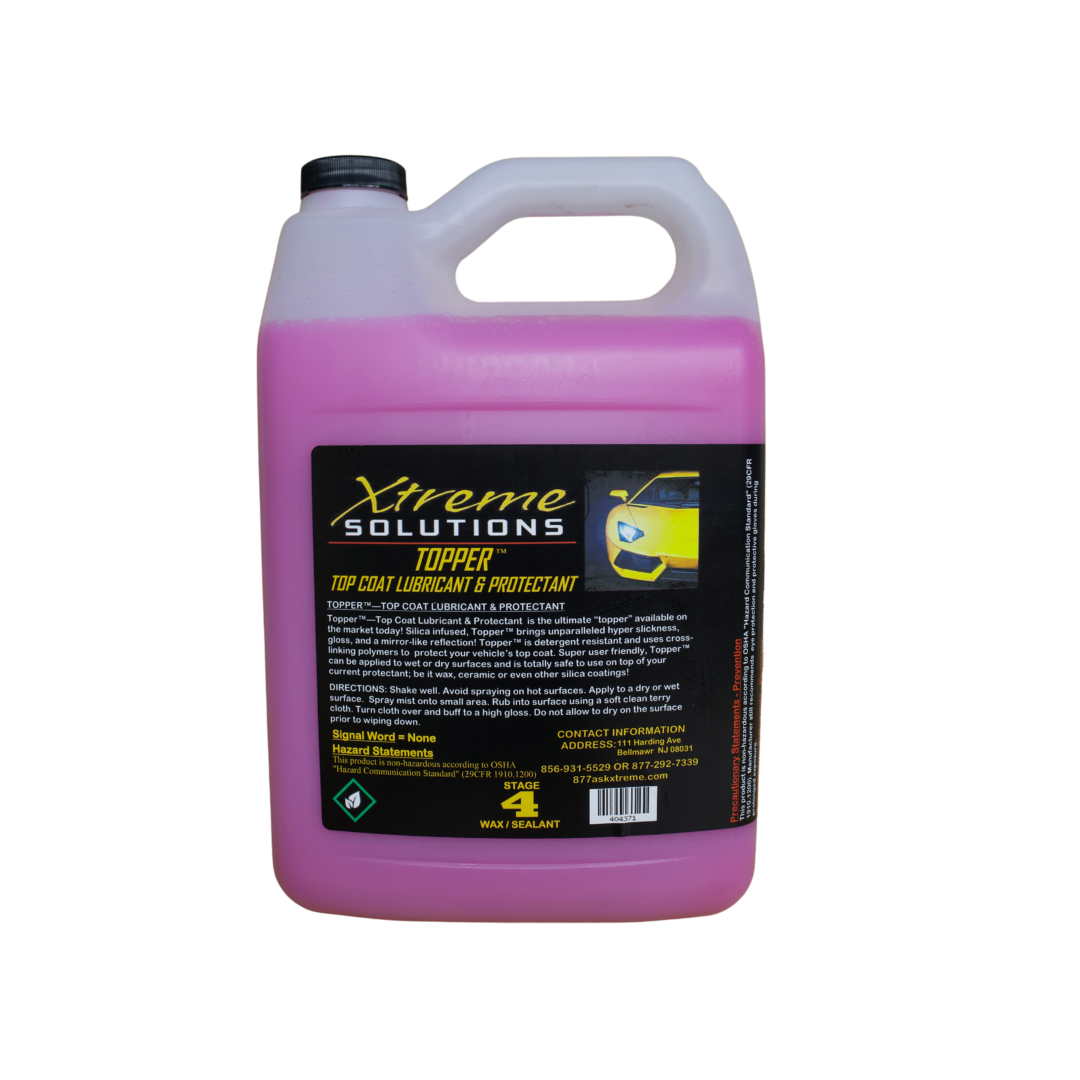
 www.877askxtreme.com
www.877askxtreme.com
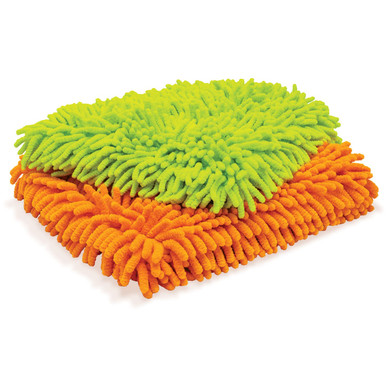
 www.griotsgarage.com
www.griotsgarage.com
I basically do a rinsless wash using ONR or P and S Absolute. Materials used:
-Two buckets, each with a grit guard, 2 gallons of water, and 1-2 ounces of ONR.
-A Chapin 1-gallon garden sprayer, with 1 ounce of ONR mixed with 3/4 gallon of water.
-The "Gauntlet" drying towel from The Rag Company (my favorite drying towel on the market)
-Xtreme Solutions Topper (a ceramic-infused topper which I use as a drying aid, also my favorite on the market).
-Griots Garage Microfiber Wash Pad
I start at the top of the car and work my way down. If there is noticeable dirt or dust in the section I am working on, I first use the garden sprayer to pretreat the area by spraying it down with the ONR solution, let it dwell for 30 sec, and then do the normal rinseless wash. One bucket is my "rinse" bucket and the other is my "wash" bucket. Some people think using a two bucket with ONR is not necessary, but I think it is a good idea to further reduce the risks of inducing swirls.
After I wash a section with the ONR and wash pad, I then spray 1-2 sprays of Topper, and then dry with the Gauntlet towel. Topper adds a lot of slickness, gloss, and a boost of protection as you dry. I have tried at least 10 different drying aids and Topper is my absolute favorite.
My Tesla has been parked outside 24/7 for over 4 years. I have only done rinseless washes since I have owned the car. I have traditional car soap and a foam cannon, but they have sat in my garage unused.
Here are the final results:
For those of you interested, here are links to the products I used:

Optimum No Rinse Wash & Shine - New Formula!
Try No Rinse Wash & Shine 8oz* RISK FREE with FREE SHIPPING and a 100% MONEY BACK GUARANTEE! Optimum No Rinse™ Wash & Shine New &

Absolute Rinseless Wash
Absolute Rinseless wash was formulated from the ground up as a premium soap alternative. Utilizing a unique subset of polymers. Absolute encapsulates and emulsifies dirt beyond what soap is capable of. Water is instantly softened upon mixture of Absolute, thus reducing chances of hard water...
 psdetailproducts.com
psdetailproducts.com

The Gauntlet Microfiber Drying Towel | The Rag Company
The perfect choice for drying your vehicle quickly and safely drawing moisture away from the surface into the patented twist/plush fibers of the towel. absolutely one of the most absorbent towels by weight that we have ever tested (10x+). 70/30 blend, 900gsm, and "ButterSoft" Suede Microfiber...
 theragcompany.com
theragcompany.com

Xtreme Solutions
Topper™ - Top Coat Lubricant & Protectant is the ultimate “topper” available on the market today! Silica infused, Topper brings unparalleled hyper-slickness, gloss and a mirror-like reflection! Topper™ is detergent resistant and uses cross-linking polymers to protect your vehicle’s top coat.

Microfiber Wash Pads, Set of 2
The Griot's Garage Super-soft microfiber wash pads are safe and gentle on your vehicle's paint, are machine washable, and come in packs of 2. 8" x 10"



